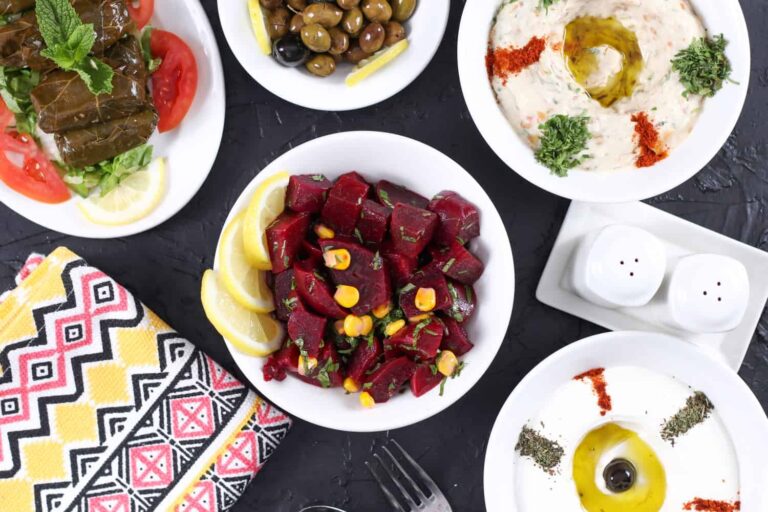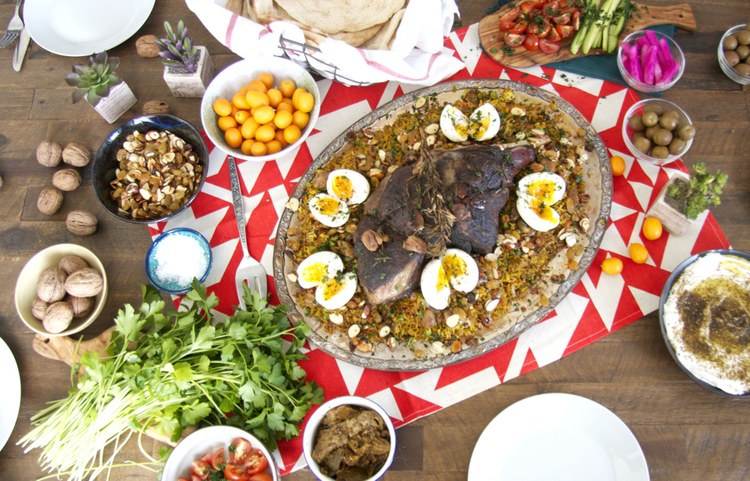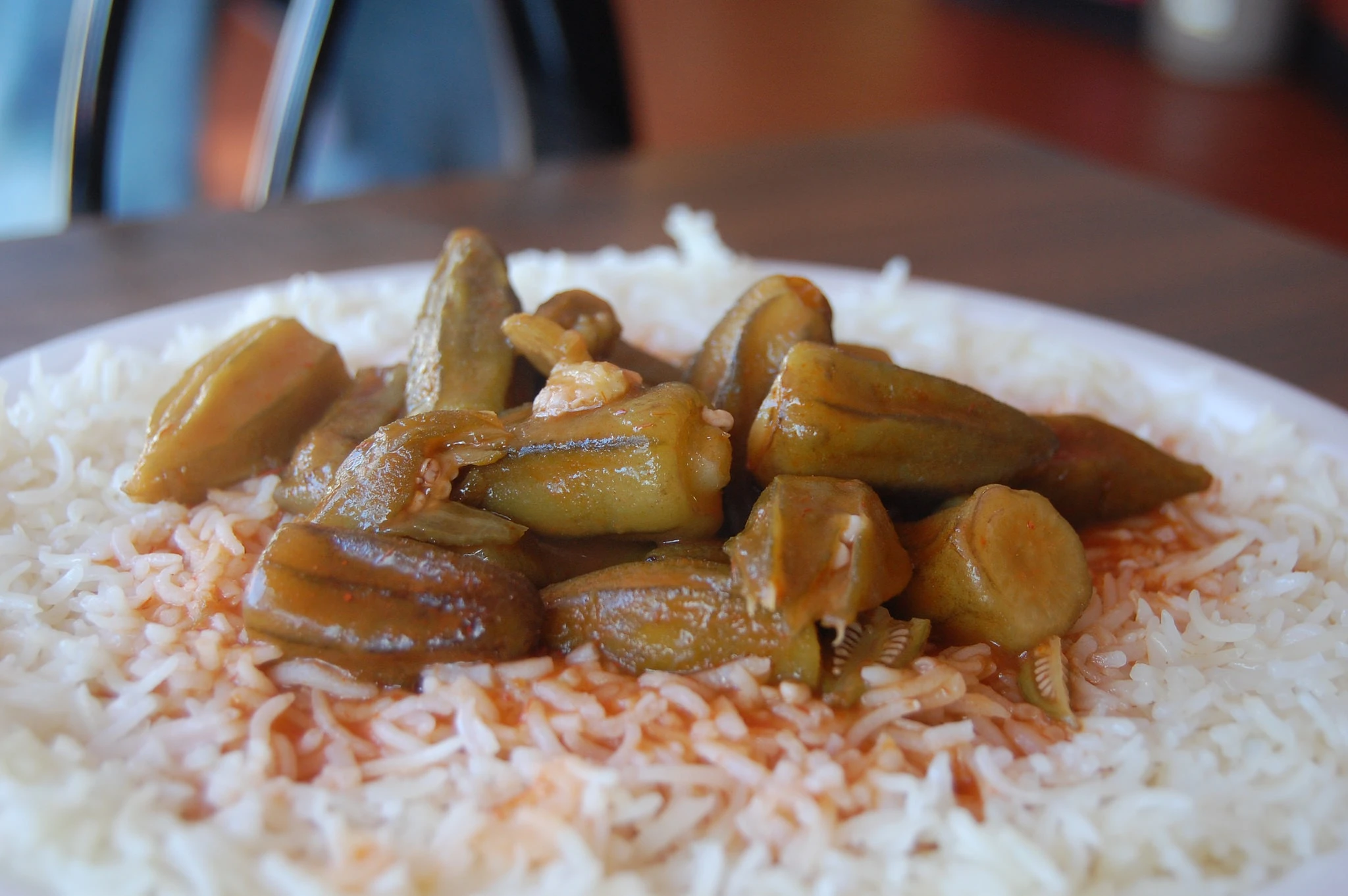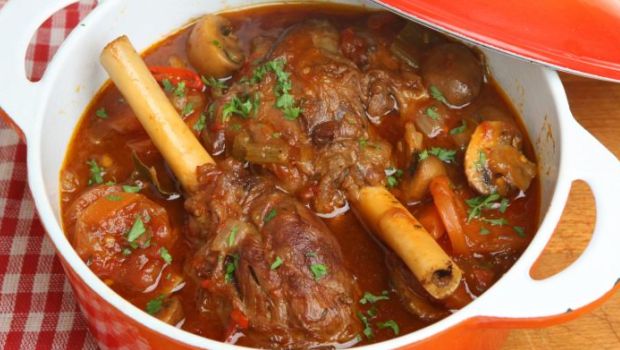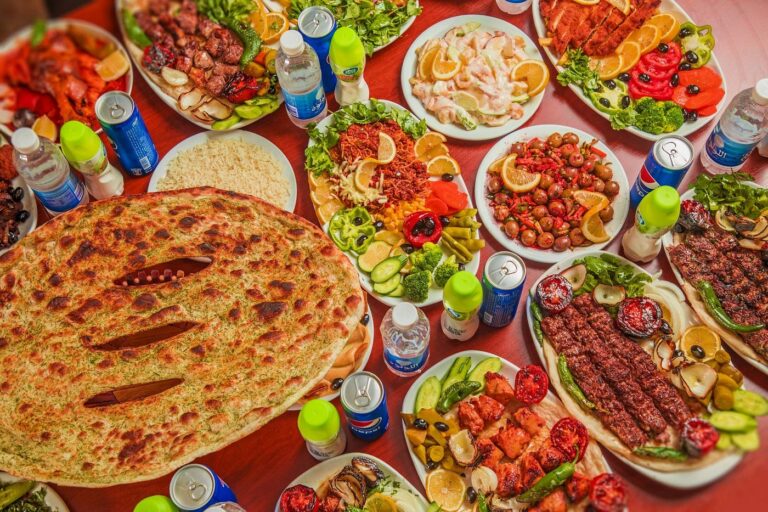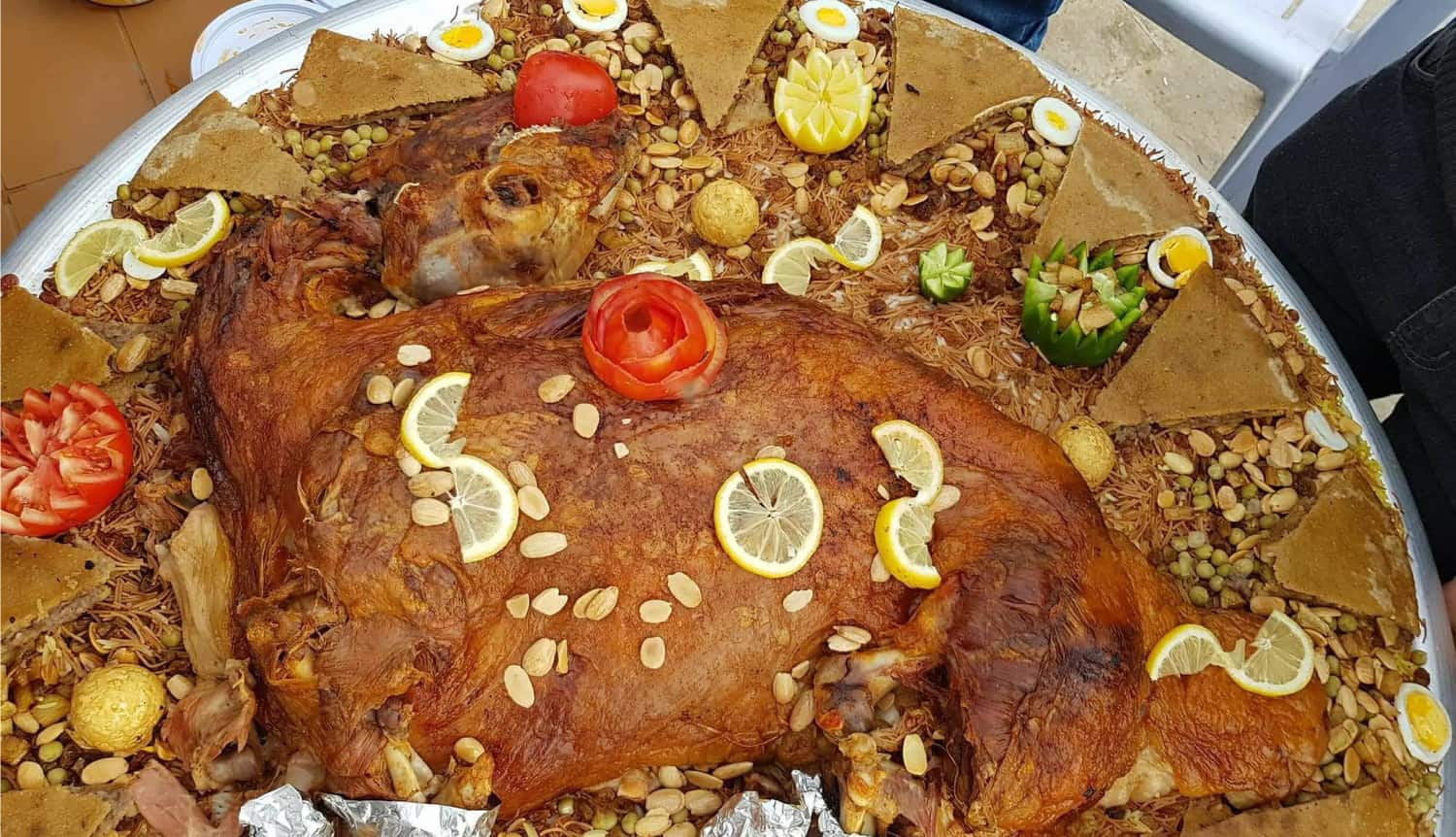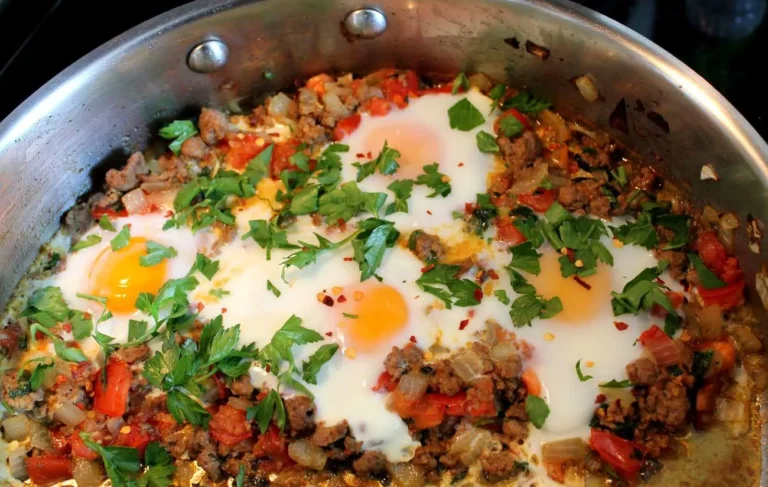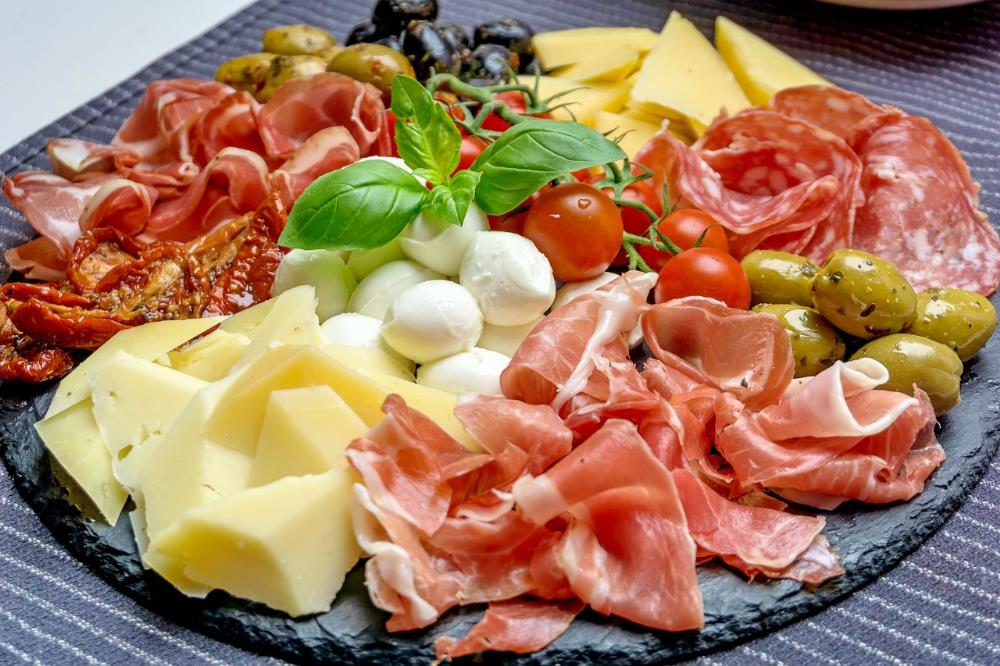Introduction: The Roots of Iraqi Cuisine
Iraqi cuisine is a unique blend of Middle Eastern and Mediterranean influences, with a rich history that dates back thousands of years. The country is home to ancient civilizations such as the Babylonians, Assyrians, and Sumerians, who contributed to the development of Iraqi cuisine. The food in Iraq is known for its bold flavors, use of fresh herbs and spices, and hearty dishes that are perfect for sharing with family and friends.
Ancient Mesopotamian Cuisine: What We Know
Mesopotamia, which is present-day Iraq, was home to one of the world’s earliest civilizations. Food was an important aspect of Mesopotamian culture, and it played a significant role in their religious and social practices. Some of the ingredients that were common in ancient Mesopotamian cuisine include barley, wheat, lentils, beans, dates, and sesame oil. Meat, such as lamb, was also a central part of their diet.
Modern Iraqi Cuisine: A Blend of Influences
Modern Iraqi cuisine reflects the country’s rich history and diverse cultural influences. Iraqi dishes have been influenced by the Persians, Ottomans, and Arabs, among others. Today, Iraqi cuisine is characterized by a variety of dishes, ranging from kebabs and rice dishes to stews and soups. Many of these dishes are flavored with traditional spices such as cumin, coriander, and turmeric.
The Role of Mesopotamian Cuisine in Iraqi Dishes
While modern Iraqi cuisine has been influenced by a variety of cultures, the cuisine of ancient Mesopotamia still plays a significant role in the country’s culinary traditions. Some of the dishes that can be traced back to ancient Mesopotamia include tashrib, a lamb and vegetable stew, and harissa, a porridge made with cracked wheat and chicken or lamb. Iraqi chefs also draw on ancient recipes when creating new dishes, bringing a sense of history and tradition to their cooking.
Mesopotamian Ingredients in Contemporary Iraqi Cooking
Many of the ingredients that were used in ancient Mesopotamian cuisine are still commonly used in contemporary Iraqi cooking. For example, dates are a popular ingredient in many Iraqi dishes, and they have been cultivated in the region for thousands of years. Sesame oil is another ingredient that is commonly used in Iraqi cooking, particularly in salads and dips. Barley and wheat are also frequently used in soups and stews.
Conclusion: Mesopotamian Cuisine Lives On
In conclusion, ancient Mesopotamian cuisine has had a significant influence on modern Iraqi cuisine. While the country’s culinary traditions have been influenced by a variety of cultures over the years, the cuisine of ancient Mesopotamia still plays an important role in Iraqi cooking. By incorporating traditional ingredients and techniques into their dishes, Iraqi chefs are keeping the rich history of their cuisine alive for future generations to enjoy.

